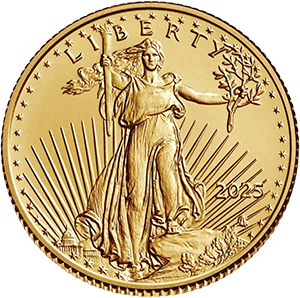
Strategic Overview: A Flashpoint in the Middle East
The escalating military confrontation between Israel and Iran has once again positioned the Middle East as a fulcrum of global risk. With Israel’s targeted airstrikes on Iranian nuclear and military infrastructure, and Iran’s retaliatory missile campaigns—along with threats to close the strategic Strait of Hormuz—this conflict is more than regional. It is a macroeconomic event with global reverberations.
For investors, such conflict underscores the fragility of interconnected markets—and the renewed relevance of gold and silver as instruments of capital preservation.
Precious Metals: Reacting to Geopolitical Stress
1. Gold as a Crisis Hedge
When geopolitical instability flares, capital seeks shelter. The reaction in gold prices was immediate:
-
Gold surged to $3,450/oz following initial Israeli strikes, though gains moderated as the U.S. dollar strengthened and the Federal Reserve adopted a more hawkish tone.
-
Despite pullbacks, gold remains up ~28% YTD, buoyed by central bank demand, ETF inflows, and investor repositioning amid persistent uncertainty.
2. Silver’s Dual Appeal
Silver’s response has been even more pronounced—rising to a 13-year high of $37/oz. Beyond its safe-haven appeal, silver benefits from its role in industrial and green energy applications, making it a two-pronged hedge against both geopolitical and structural inflationary pressures.
Oil, Inflation, and the Metals Market Feedback Loop
The Strait of Hormuz—through which roughly 20% of global oil supply passes—sits at the center of this geopolitical powder keg. Any disruption has cascading consequences:
-
Oil prices surged 7–11%, increasing inflation expectations globally.
-
Higher oil = higher inflation = greater appeal for real assets like gold and silver.
-
Historical correlations confirm: energy shocks tend to precede bull runs in precious metals.
However, the balancing act lies in Fed policy. A stronger dollar and higher interest rates exert downward pressure on metals. This macro tug-of-war creates volatility—but also long-term accumulation opportunities.
Market Signals: Flight to Safety Intensifies
Recent fund flow data underscores institutional sentiment:
-
$2.8 billion flowed into gold and precious metals ETFs in early June—the highest in months.
-
Treasury yields dipped as investors rotated into defensive positions.
-
Global equity markets experienced outflows, reflecting broader risk aversion.
This is not a fleeting trade. Central banks—particularly those in BRICS+ nations—continue to diversify away from the U.S. dollar, further reinforcing long-term demand for bullion.
What Happens Next? Scenarios and Strategic Implications
| Scenario | Gold Price Impact | Key Considerations |
|---|---|---|
| Strait of Hormuz closure | Sharp spike | Oil shock, recession fears, inflation hedge flows |
| U.S. involvement or escalation | Sustained upward pressure | Risk-off sentiment globally |
| De-escalation or diplomatic resolution | Short-term correction | But long-term geopolitical risk remains elevated |
| Fed rate hikes or balance sheet shifts | Moderate to bearish drag | Counterweight to inflation-hedge narrative |
Conclusion: Precious Metals in a Fragmenting World
The Israel-Iran conflict reminds us that modern portfolios must be hedged not only against economic variables—but geopolitical instability as well. Gold and silver are more than commodities; they are stores of value, crisis hedges, and long-term monetary anchors.
For institutional investors, advisors, and HNW clients, this is a timely moment to re-evaluate allocations to physical metals, gold IRAs, and strategic ETFs. The era of "just-in-time" global peace is over. The era of "just-in-case" portfolio construction is here.

